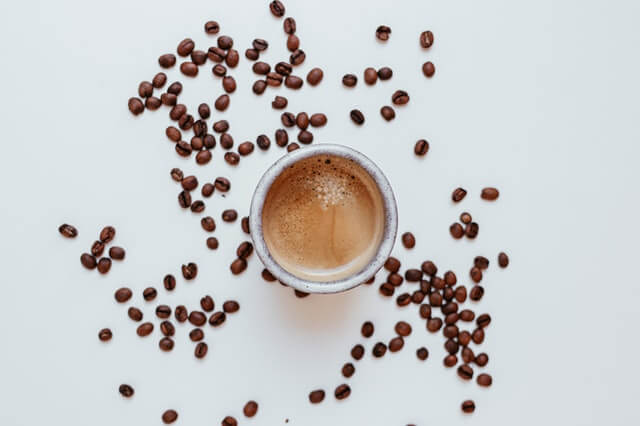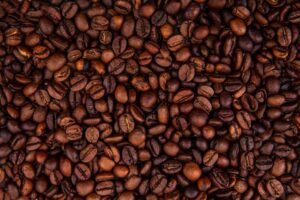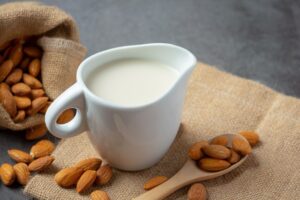
How to prepare a bombon coffee?
The café bombón is a sweet sensory experience and is traditional in the Spanish Levante region. This is the result of mixing the intense flavour of

Arabica and robusta are the first varieties that come to mind when it comes to differentiating between coffee types. However, it is essential to know how to differentiate between them, as the success of your business depends on it.

Arabica coffee is one of the best-selling coffees in the world. Like all coffee beans, it comes from the coffee tree, a plant that belongs to the Rubiaceae family and has around 90 different species. It is a type of coffee that is highly sensitive to heat and humidity, and needs a lot of attention when it comes to cultivation. However, when the coffee production process is done well, it produces coffee beans of supreme quality.
This type of coffee is also characterised by its aromas and flavours. It is of a mild type with light fruity hints, which provide a slight acidity. All these factors logically depend on other processes involved in the preparation of the coffee, such as the amount of water.
Another widely cultivated and very successful coffee is known as robusta. This has its origins in the Republic of Congo and has a more resistant seed than the previous one. In this case, the coffee is rather bitter and is combined with hints of wood and nuts. It is an ideal coffee for espressos. This type of coffee has between 1.6 and 2.8% caffeine, which is higher than the arabica variety
This coffee stands out for being grown at lower altitudes and can be found in almost all the forests of the African tropical zone.

In addition to the above-mentioned factors, the two types of coffee differ in other respects. Firstly, arabica coffee accounts for 56% of world production, while robusta coffee accounts for 43%. In addition, robusta coffee is cheaper and is the most widely used in the coffee industry. Although it is a variety that does not have the same flavours and nuances as arabica coffee, it manages to reduce production costs.
Both types of coffee have different nuances that help us to differentiate them easily, as we will see below:
If we cannot tell them apart by their shape or colour, we can also tell them apart by their taste.

The café bombón is a sweet sensory experience and is traditional in the Spanish Levante region. This is the result of mixing the intense flavour of

Some people may think this is a stupid question, but it’s not. Have you ever wondered whether decaffeinated coffee has caffeine? If so, read on

Coffee is the quintessential beverage that gets those who find mornings difficult to get up on their feet. The stimulating effect of coffee is well

Do you like to drink coffee with milk? Cow’s milk doesn’t agree with you, does it? Then you’re sure to drink your coffee with vegetable

Milk is one of the ingredients that is totally dispensable for the most purist coffee drinkers, since they consider that it adulterates the flavor and

For many people, coffee is all they need to start a day in the best way possible. Or at least to make their day less